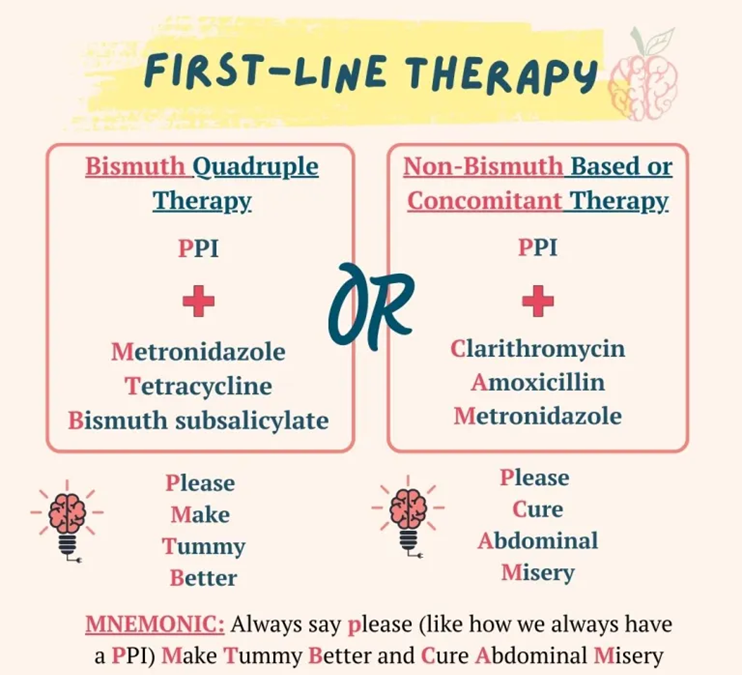A patient returns to the unit after having surgery with spinal anesthesia. What does the nurse know is/are the best action(s) to take to decrease the possibility of spinal headache? Select All That Apply
Administer morphine 1-2 mg IV
Ambulate the client as soon as she gets feelings back
Increase fluid intake
Encourage the patient to stay flat in bed
Position the client in high fowlers position
Correct Answer : C,D
A. Administer morphine 1-2 mg IV
Administering morphine is not a preventive measure for spinal headaches. It may be considered for pain relief if the patient experiences discomfort after the effects of spinal anesthesia wear off.
B. Ambulate the client as soon as she gets feelings back
Ambulating the patient too soon after spinal anesthesia is generally not recommended. Staying in bed initially helps prevent complications like spinal headaches.
C. Increase fluid intake
Adequate hydration is important after spinal anesthesia to help maintain cerebrospinal fluid volume. Increasing fluid intake can reduce the risk of developing a spinal headache.
D. Encourage the patient to stay flat in bed
Remaining in a flat or slightly elevated position helps minimize cerebrospinal fluid leakage from the puncture site, reducing the likelihood of developing a spinal headache. This position is typically recommended for a specific duration after spinal anesthesia.
E. Position the client in high Fowler's position
Placing the patient in high Fowler's position (sitting upright) may increase the risk of cerebrospinal fluid leakage, potentially leading to a spinal headache. This position is not recommended for preventing spinal headaches after spinal anesthesia.
Nursing Test Bank
Naxlex Comprehensive Predictor Exams
Related Questions
Correct Answer is C
Explanation
A. Antacids and narcotics.
Antacids can provide temporary relief of symptoms, but they do not treat the underlying H. pylori infection. Narcotics are not typically used as a standard treatment for peptic ulcer disease related to H. pylori.
B. Pepsin inhibitors and antiemetics.
Pepsin inhibitors and antiemetics may address symptoms but do not target the H. pylori infection directly. The standard treatment involves antibiotics to eradicate the bacteria and proton pump inhibitors to reduce acid production.
C. Proton pump inhibitors and antibiotics.
A positive breath test for H. pylori indicates the presence of Helicobacter pylori bacteria, which is associated with peptic ulcer disease. The standard treatment for H. pylori infection involves a combination of proton pump inhibitors (to reduce stomach acid production) and antibiotics (to eradicate the bacteria).
D. Emetic agents and tranquilizers.
Emetic agents are used to induce vomiting and are not indicated for the treatment of H. pylori infection. Tranquilizers are not part of the standard treatment for peptic ulcer disease associated with H. pylori.

Correct Answer is ["A","D"]
Explanation
A. Blood dyscrasias: This is a correct choice. Phenytoin can cause blood dyscrasias, including conditions like leukopenia, thrombocytopenia, and anemia.
B. Hyperglycemia: This is not typically associated with phenytoin. The primary adverse effects related to blood sugar are usually changes in glucose metabolism or hypoglycemia.
C. Urinary retention: This is not a common adverse effect of phenytoin. It is more associated with other medications or medical conditions.
D. Gingival hyperplasia: This is a correct choice. Phenytoin is known to cause gingival hyperplasia, which is an overgrowth of the gum tissue.
E. Sedation: This is not a common adverse effect of phenytoin. Phenytoin is more known for causing CNS-related side effects like nystagmus, ataxia, and dizziness.
Whether you are a student looking to ace your exams or a practicing nurse seeking to enhance your expertise , our nursing education contents will empower you with the confidence and competence to make a difference in the lives of patients and become a respected leader in the healthcare field.
Visit Naxlex, invest in your future and unlock endless possibilities with our unparalleled nursing education contents today
Report Wrong Answer on the Current Question
Do you disagree with the answer? If yes, what is your expected answer? Explain.
Kindly be descriptive with the issue you are facing.
